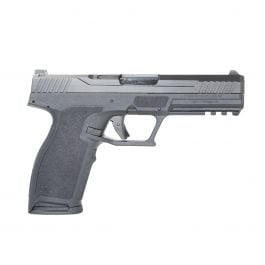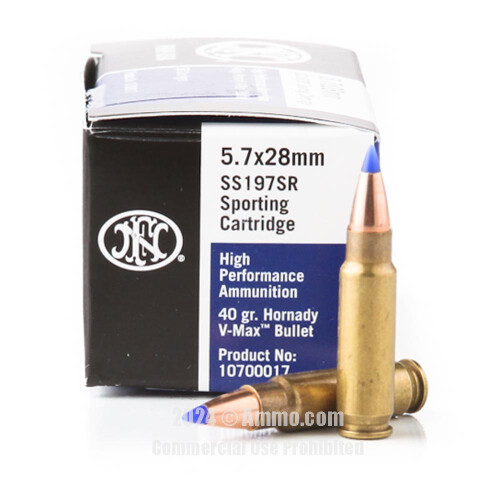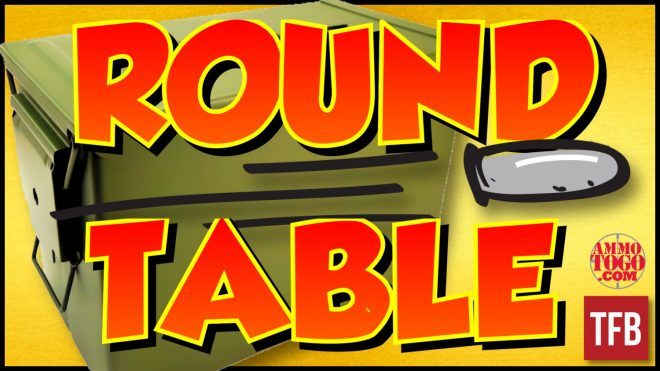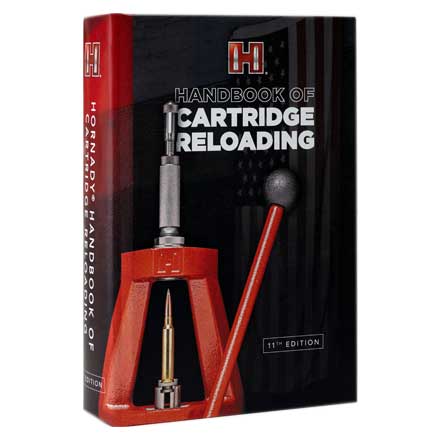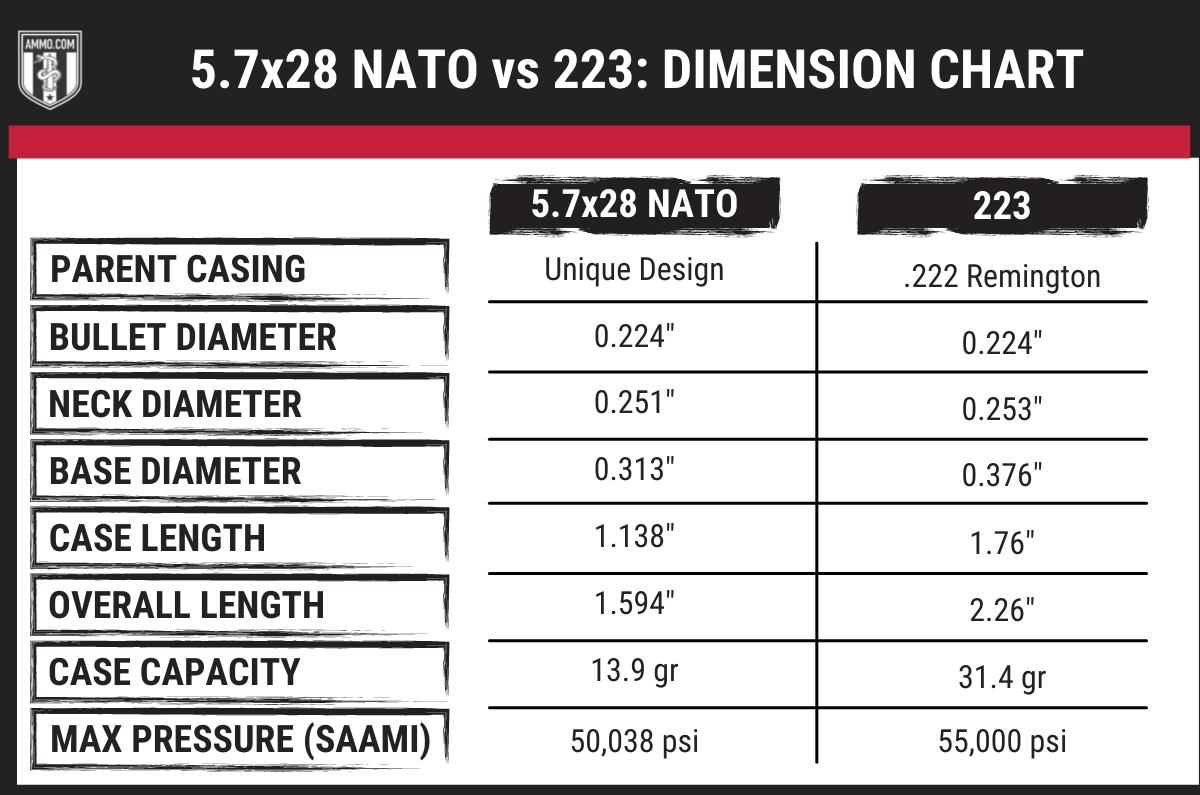I had a chance to handle and play with a friends ruger 5.7/28 last week, at one point I was seriously considering purchasing one, but after , having one in hand for awhile, it has its good and less than impressive points and for what I use or may use a handgun for I have several options I prefer, and as a rifle cartridge its not impressive!
5.7x28 vs 223: Which Is Better For CQB?
Like many a 2nd Amendment-loving teenager of my generation, I was introduced to the FN 5.72x28 via the Showtime television series Stargate SG-1. Fans of the show will remember how the main characters, played by Richard Dean Anderson and Amanda Tapping, would travel across the galaxy battling alien forces armed with their full auto FN P90’s.
Although FN Herstal (FNH) did not initially develop the
5.7x28 as an alien-slaying cartridge, it has become an integral part of multiple law enforcement and military organizations for its impressive terminal ballistics, low recoil, and armor piercing capability.
But how does the relatively new 5.7x28 round stack up to the most popular centerfire rifle cartridge in North America, the
223 Remington?
In this article we’ll take an objective look at how the 223 Rem compares to the 5.7x28 and give you some insights into both rifle cartridges and how they apply to your self-defense needs.
What is the difference between 5.7 x28 vs 223?
The difference between 5.7x28 and 223 is that the 223 is a rifle cartridge whereas the 5.7x28 is classified as a handgun cartridge. The 5.7x28 was developed for use in a personal defense weapon (PDW) like a submachine gun or handgun for close quarters battle (CQB) while the 223 Rem was developed for use in a carbine or rifle with a longer effective range.
A Note on Nomenclature
Please note that within this article we will refer to the 223 Remington (223 Rem) and the
5.56x45mm NATO round interchangeably. There are differences between the two and you can read about them in this article:
.223 vs 5.56
In short, a 223 Rem can safely be fired from a rifle or handgun chambered in 5.56, however the opposite is not true.
Cartridge Specs
When evaluating centerfire cartridges, it’s a good idea to analyze the cartridge specs to gain more knowledge of each.
One major similarity between
5.7x28 vs 223 is that they fire the same bullet diameter of 0.224”. However, this is where the similarities end.
The simple truth is that the
223 Remington is just a bigger cartridge than the 5.7x28. The 223 Rem towers over the 5.7 in terms of case length and overall length while the 223 has well over double the case capacity of the 5.7x28. The 223 Rem is also rated 5,000 psi higher on max pressure than the 5.7x28.
Due to its increased case capacity, the 223 Rem will generally fire heavier bullets at higher velocities compared to the lighter bullets fired by the 5.7x28.
Recoil
When it comes to recoil, the 5.7x28 has considerably less recoil than the 223.
Felt recoil will differ between rifles, shooters, barrel length, bullet weight, and powder charge.
However, the
FNH 5.7x28 is advertised as having approximately 30% less recoil than a 9mm Luger.
The 223 Remington is known for having low recoil for a rifle round. But as the 5.7x28 has half the powder charge and is firing lighter bullets, the 223 simply can’t keep up.
Assuming a 7lb rifle, the
223 will have an average free recoil of around 4 ft-lbs compared to 1.2 ft-lbs for NATO standard 5.7x28. To put this in perspective, one of the highest muzzle velocity rimfire rounds on the market, the 22 Hornet, has a free recoil of 1.6 ft-lbs.
The low recoil of the 5.7x28 is one of the key selling points for using it in a submachine gun, PDW, or handgun. In these types of firearms, having low muzzle flip helps keep the shooter on target during rapid or full auto strings of fire. This allows the shooter to get a lot of shots on target in a very short period of time.
One thing that many shooters discover is that it takes some training to get used to the recoil impulse of the
5.7x28, especially in a handgun.
Although the free recoil on the 5.7x28 is low, its bottle-neck cartridge and relatively large powder charge cause a rather large report in a handgun like the FN Five-Seven pistol or Ruger 57. The recoil impulse is also described as fast and a little snappy, but with very little energy imparted to the hands.
The loud report and fast recoil can be a little surprising at first but can be easily controlled with proper training and grip.
Muzzle Velocity and Kinetic Energy
Although the 5.7x28 provides excellent muzzle velocity and kinetic energy for a pistol round, it simply cannot compare the 223 Remington in this category.
The
223 Rem can fire a 55-grain bullet at 3,240 fps with 1,282 ft-lbs of muzzle energy.
When discussing the 5.7x28, it is important to note that there are two distinct types of 5.7x28 ammunition: military/law enforcement vs sporting.
Due to the Gun Control Act of 1968, armor piercing ammo capable of being fired in a handgun is illegal in the United States. The ATF has unconstitutionally expanded on this ban with some rifle rounds as well, primarily the 2014 banning of importation of Russian 7N6
5.45x39mm ammo.
With this in mind, how is it possible that FN Herstal is able to sell 5.7x28 in the United States? As the 5.7x28 was specifically designed to penetrate Kevlar soft body armor.
FNH initially developed the 5.7x28 for NATO forces only, however after they saw the civilian applications for the round, developed a sporting ammo that worked around the ATF’s restriction on body armor piercing handgun ammo.
NATO standard
5.7x28, otherwise known as SS190, fires a 31-grain Hornady V-MAX bullet at 2,350 fps and 380 ft-lbs of muzzle energy. More than enough to punch through NATO soft body armor.
However, the sale of this ammo to American civilians is prohibited by law, so FNH reduced the muzzle velocity of their sporting ammo to inhibit its armor piercing ability. The ATF ruled that this ammo was acceptable and is why it is legal to purchase 5.7x28 in the United States.
Federal American Eagle offers a fmj sporting round that is popular with the 5.7x28 shooting community, it has a muzzle velocity of 1,655 fps and 243 ft-lbs of kinetic energy. A far cry from the full power NATO loads the Secret Service carries in their FN P90 submachine guns!
Trajectory
Trajectory is how we quantify a bullet’s flight path as it travels downrange measured in inches of bullet drop.
Obviously, a flatter shooting cartridge is preferred for long-range shooting, as a shooter will require fewer adjustments to their optics to compensate for bullet drop. Having a flatter trajectory also means that a cartridge will be more forgiving of ranging mistakes.
Comparing a rifle cartridge to a handgun round in terms of trajectory is not, what many would consider, a fair fight.
Rifle rounds are typically employed for long range shooting and their rifles are often zeroed for 50 or 100 yards. Handgun rounds are generally used for close quarters battle at short distances where trajectory is a non-issue.
As it stands, the
223 Remington has a much flatter trajectory at range compared to the 5.7x28.
For this comparison we’ll consider the civilian approved Federal American Eagle 40 grain fmj 5.7x28 and 55 grain fmj 223 Rem.
At 100 yards, the
5.7x28 round has experienced -3.8” of bullet drop, which is incredibly flat shooting for a handgun round. However, at 200 yards the 223 round has experienced -2.7” of bullet drop.
The high velocity of the 5.7x28 provides amazing trajectory for a handgun round, but it simply cannot compete with a centerfire rifle cartridge.
Ballistic Coefficient
Ballistic coefficient (BC) is a measure of how well a bullet resists wind drift and air resistance. Put another way, it’s a numeric representation of how aerodynamic a bullet is. A high BC is preferred as this means the bullet will buck the wind easier.
Generally, heavy bullets will have a higher BC as it takes more force to disrupt the flight of a heavier bullet than a lighter one. Ballistic coefficient varies from bullet to bullet based on design, weight, and other factors that are beyond the scope of this article.
As the
223 Remington can fire heavier bullets than the 5.7x28, the 223 will typically have a higher BC.
Take for example Hornady V-MAX bullets which are commonly used for both cartridges. The 35 grain V-MAX for 5.7x28 has a BC of 0.109 while the 55 grain V-MAX for 223 holds a BC of 0.255.
Sectional Density
Sectional Density (SD) is the measure of how well a bullet penetrates a target. This is extremely important when hunting big and medium sized game, as you need a bullet that can punch through thick hide, bone, and sinew.
Sectional density is calculated by comparing the bullet weight and the bullet diameter. The higher the SD the deeper the bullet will penetrate into the target. This is a simplified view of penetration as there are other factors to consider, such as bullet expansion and high velocity.
As the 223 can fire heavier bullets at a higher muzzle velocity than the
5.7x28, the 223 will generally penetrate deeper into its target than the 5.7x28.
Using the same V-MAX bullets as mentioned in the Ballistic Coefficient section, the 5.7x28 35-grain bullet will carry a SD of 0.100 while the 55-grain bullet for 223 has a SD of 0.157.
Hunting
When it comes to varmint hunting, it’s hard to beat a 223. Long regarded as an excellent pest control round, the 223 has been at the forefront of varmint and medium game hunting since its release in the 1960’s.
The
223 is more powerful than any rimfire round on the market, eclipsing the 22 WMR and 22 Hornet, and is considered by many as an excellent option for coyotes, woodchucks, and other medium sized critters causing havoc on your property.
With the widespread popularity of the AR-15 carbine, hunters can enjoy the quick follow-up shots of a semi-auto with a fire rate that simply cannot be matched by a bolt-action rifle.
On the other hand, the
5.7x28 has not caught on as a hunting round primarily due to a lack of hunting ammo options and firearms that utilize the cartridge. Although the 5.7x28 has been around for almost 30 years, it has been primarily relegated to the role of a self-defense cartridge are there are more effective and economical options for varmint hunting.
Could you go pop some woodchucks or raccoons with your FN Five-Seven pistol or Kel-Tec P50? Sure, it would work just fine for this within 100 yards. However, the 223 does the same thing for about half the cost, which is why it has remained the more popular hunting round.
Neither the 223 Remington nor 5.7x28 are good choices for whitetail. Regardless, most states/territories require a larger diameter bullet, like a 0.243” or higher, for deer hunting.
